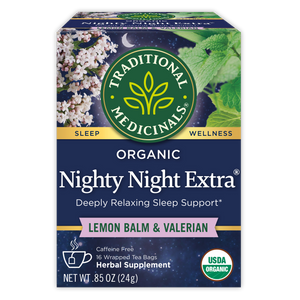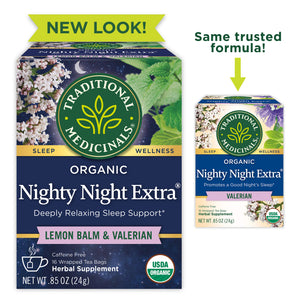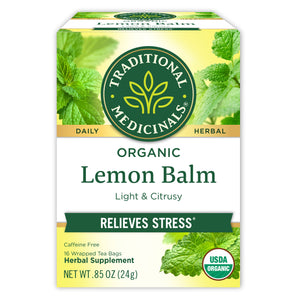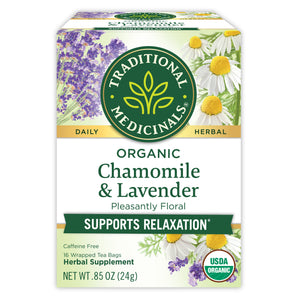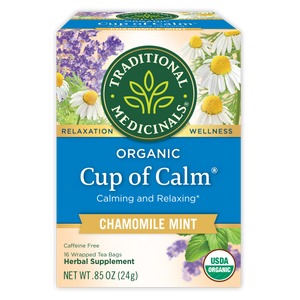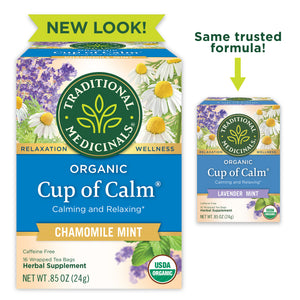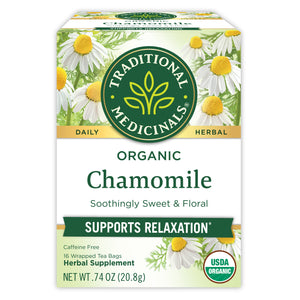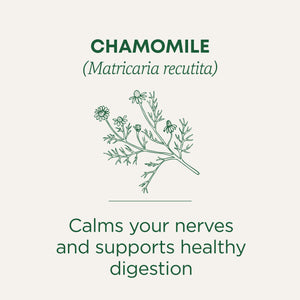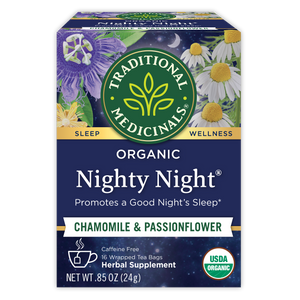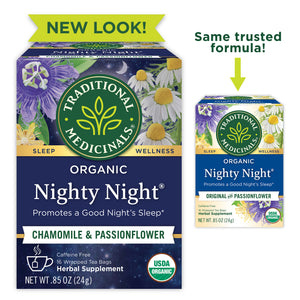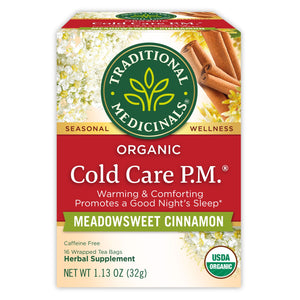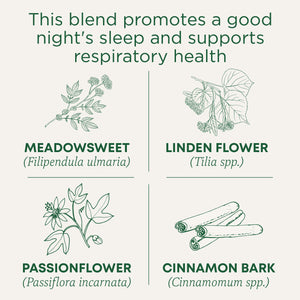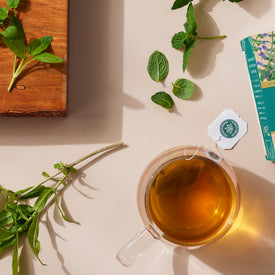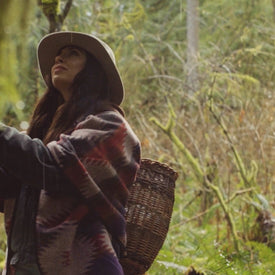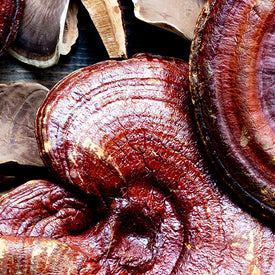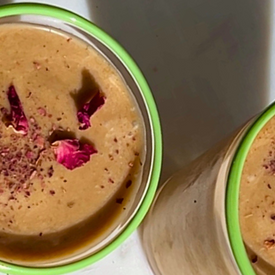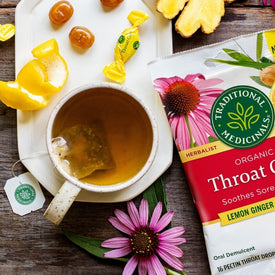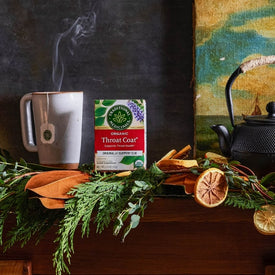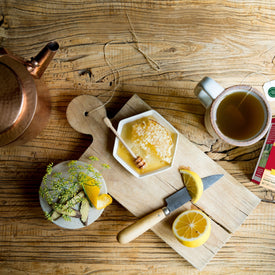Valerian has a pretty regal ring to it, right? For thousands of years, emperors, saints, and everyday people were given this title as a nod to power. The word valerian represents wellness and strength. Its roots come from the Latin word ‘valere,’ which essentially means to ‘be well,’ and for many, the name embodies immense strength and vigor. For us herbalists, it comes as no surprise that we use this same name to identify the medicinal plant valerian. This time-tested herbal sedative has been used for thousands of years to ease sleepless nights and nervous system tension.*
Even Hippocrates, who’s dubbed the “father of medicine,” was no stranger to the powers of valerian. This celebrated Greek physician and philosopher lived from about 460-370 B.C. and was the inspiration behind the Hippocratic oath, which commits doctors to this day to a code of ethics. Hippocrates wrote about valerian’s therapeutic benefits and has since been documented by Galen, Dioscorides, and many other ancient physicians. These doctors traditionally used this root as a carminative, emmenagogue, and to ease tremors and nausea.*
In the modern day, herbalists, naturopaths, and plant people rely on valerian for its dependable force upon the nervous system. That’s why you’ll find it in our beloved organic Nighty Night® Extra tea which promotes a good night’s sleep.* Recent studies have demonstrated the positive effects of this herbal favorite. They suggest that valerian is both suitable for both improving sleep quality and decreasing the amount of time it takes to fall asleep.
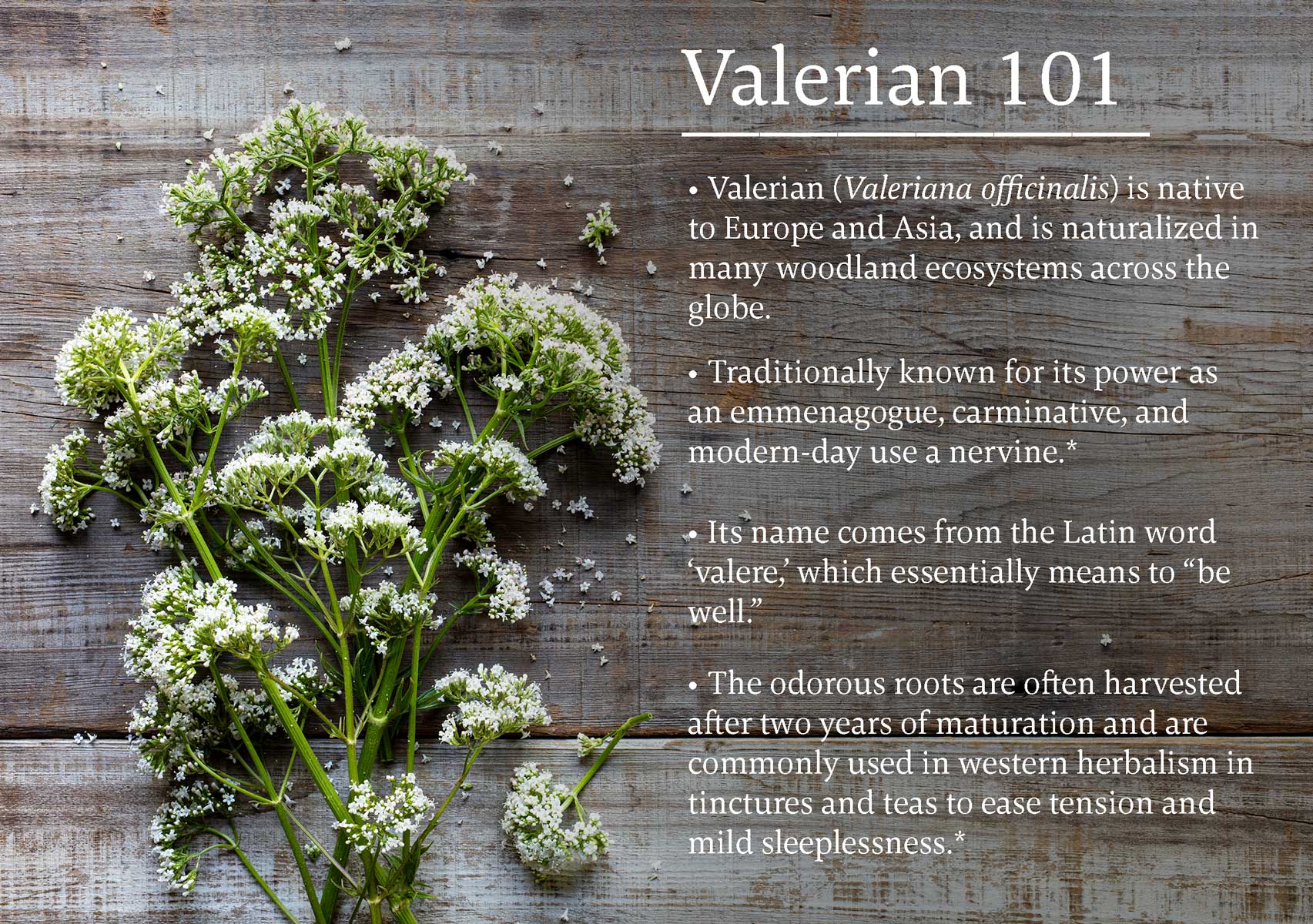
While this perennial is native to Europe and Asia, it’s naturalized in many woodland ecosystems worldwide including here in the United States. The most commonly used medicinal valerian (Valeriana officinalis) stands tall at about 5-6 feet and blooms brightly with pink and white flowers. It prefers some sun and partial shade and flourishes in zone 4. Bees, butterflies, earthworms, and herbalists alike adore growing alongside this medicinal. Get valerian started in your herb garden with seeds or by dividing roots to replant.
Some of the ancient Greeks called valerian “phu,” likely hinting at its foul odor. The older plants, that are about two to three years old, are ready to harvest in spring and fall and may have a more pungent smell. Many believe this strong smell is a testament to the strength of valerian’s medicine. Once harvested, the roots can be cleaned, processed, dried, and stored to use in teas, tinctures, and other herbal preparations.
If your curiosity is piqued and you want to learn more, the best way to get to know a plant is to experience it for yourself. Test it out in our organic Nighty Night Extra tea to mellow you out and help you sleep easy.* Learn more about some of our other favorite herbal medicines by heading to the Plants section of our Plant Power Journal.


